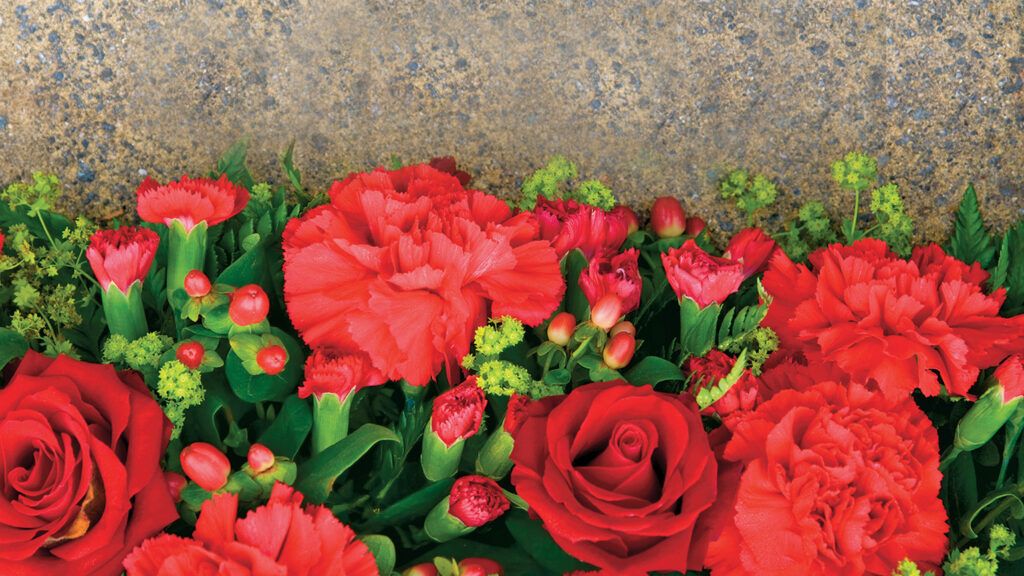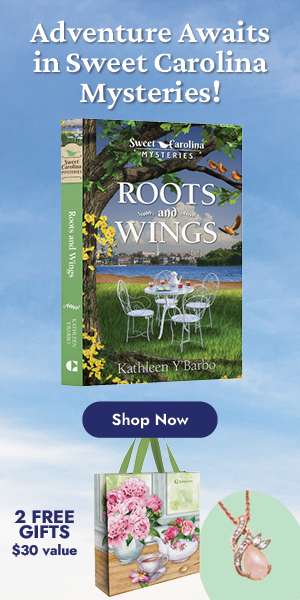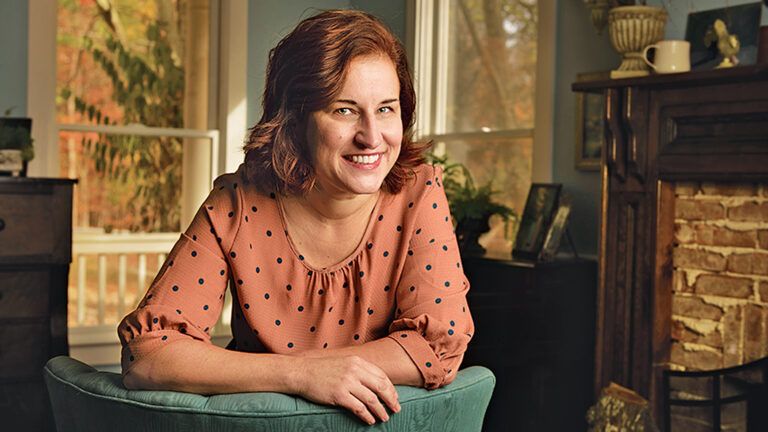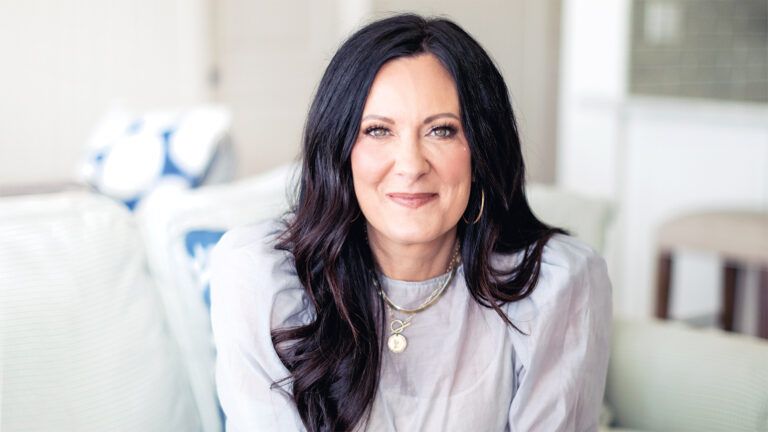I stood at the microphone , a bouquet of red carnations clutched in my hand, pulling my thoughts together. I was trying to find the right words to share the secret I’d kept for years—the key to a decades-old mystery.
I was back in Jordan, Minnesota, where I’d grown up, the scene of a tragedy that changed my life and the lives of many others. They didn’t talk about the accident much, but the people of this small, devout town had never forgotten my sister, Judy.
I was only eight years old that terrible night. Judy was 17, a junior in high school. I idolized her. She was one of the stars—the class president, an artist, drummer in the school band, honor-roll student.
She’d been at dress rehearsal for the class play that evening and everybody went to get something to eat. Nine kids piled into one vehicle. Too many. A tractor trailer plowed into the back of the car. Five of the students were critically injured. Two were killed, including Judy.
I never thought my parents would get over it; I never thought I would. A quiet sadness pervaded our home. Life moved on but the grief stayed. I thought no one else could understand how we felt.
We went to the cemetery often. Dad weeded the plot, Mom brushed off the gravestone. The dates engraved in it were of a life cut short: 1939–1956. “Hey, sis,” I’d whisper, “I miss you so much.”
Some of Judy’s friends looked out for me, even tried to fill her big-sister role. Her friend Mary led my Girl Scout troop and took me on my first canoe trip in the wilderness. She encouraged me in my tomboy ways. I grew to love Mary. She was so much like my sister. But not even she could replace Judy.
Then came the red carnations. The first Memorial Day after Judy’s death, my parents and I visited the cemetery, as always, just to be close to her. We walked to the grave under the tree.
There on the stone lay a bouquet of a dozen red carnations—her class flower. No note, no indication of who put them there, just the flowers, brilliant against the flinty headstone. Someone else understands, I thought. Someone who loved my sister as much as I did.
Every Memorial Day after that, the flowers mysteriously appeared. Life moved on, but someone remembered our loss. Someone still wanted to comfort us. Who?
I was determined to figure it out. I questioned Judy’s friends. I talked about it at school. No one knew who could be leaving the flowers. Or would admit to it.
One night my high-school boyfriend and I hid in the cemetery, sure we would discover the secret mourner. We waited as late as we could. We didn’t see a soul. This year there won’t be any flowers, I thought. But the next morning the red carnations were there.
I went to college and married a great guy named Bruce. I became a phys-ed teacher and girls’ coach. Bruce and I had a family.
Sometimes we made it back to Jordan for Memorial Day and I’d go with Mom and Dad to the cemetery to see those red carnations sitting reassuringly, comfortingly, anonymously, on top of Judy’s grave.
After all those years, it had become the biggest mystery in town. No one ever caught the giver of the carnations in the act. Everyone had theories—a heartbroken admirer, the guilt-stricken trucker, a ghost, even. In the end I decided that if God had wanted me to know, he would have told me.
Then one year I was at a coaching clinic at Bemidji State University the Tuesday after Memorial Day. In a packed gym I took a seat next to another girls’ coach. I introduced myself and she asked me where I was from. “Jordan,” I said. “It’s a small town. You probably wouldn’t have heard of it.”
“Jordan?” she exclaimed. “I was just there! What a sweet little town. But I’m exhausted. I was visiting this friend. She made me stay up with her until the middle of the night so she could sneak into a cemetery and put a dozen red carnations on someone’s grave.”
Carnations? The blood must have drained from my face. “Who was your friend?” I asked.
“You’ve got to promise you won’t tell anyone,” she said. “She doesn’t want anyone to know. Not while she’s alive, at least.”
I made that promise. I kept it for years, only confiding in Bruce. Then one night, he was scrolling through the online edition of my old hometown paper, something he rarely did. After all, Mom and Dad had died years earlier and we had moved away to Idaho.
All at once, Bruce looked up and said, “You need to go back to Jordan.”
There was a memorial service, 56 years after my sister’s, that I had to attend, because I had a secret I could finally share. That’s why I was here, standing before a microphone with a bouquet of red carnations in my hand.
The hall was packed with nearly 300 people grieving the loss of so much: a mother, a wife, a teacher, a friend. Mary. My sister’s friend, the girl who had done so much for me after Judy died.
“Most of you know a lot about Mary,” I said. “What a great coach she was, a great teacher. She inspired me to become a coach and teacher myself. But she also did something extraordinary you may not know…”
I finished my story and not a soul moved in the hall. Then people stood and clapped. Some came up and hugged me. Judy’s old classmates, Mary’s friends and family.
I looked at the flowers in my hand. I’d originally thought I’d put them on Mary’s grave. But not now. They needed to go someplace else.
I found the old cemetery looking much the same. I stopped at the stone of a girl who had died too young. I brushed it off just as Mom had, weeded around it as Dad always did, then put down the bouquet, as Mary would have wanted. It was an act of love, a tradition—one that I would now continue.
Download your FREE ebook, Mysterious Ways: 9 Inspiring Stories that Show Evidence of God’s Love and God’s Grace






